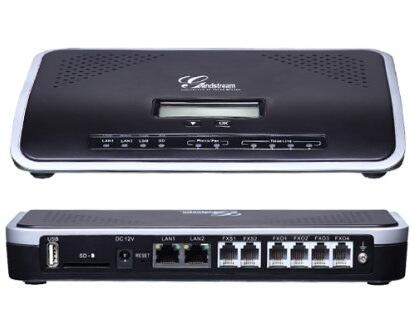2013 Greatest Hits: Lenny Returns for an Encore Performance
Nothing in the VoIP community this year quite captured the hearts and minds of geeks around the world like Brian West’s "Lenny." For anyone that’s ever been dogged by obnoxious telemarketers or that’s had to deal with less than lucid tech support inquiries, Lenny was a godsend. Finally, we all had a place to send those poor souls while getting our daily chuckle listening to the results. If you’re late to the party and missed all the fun, then start… Read More ›



